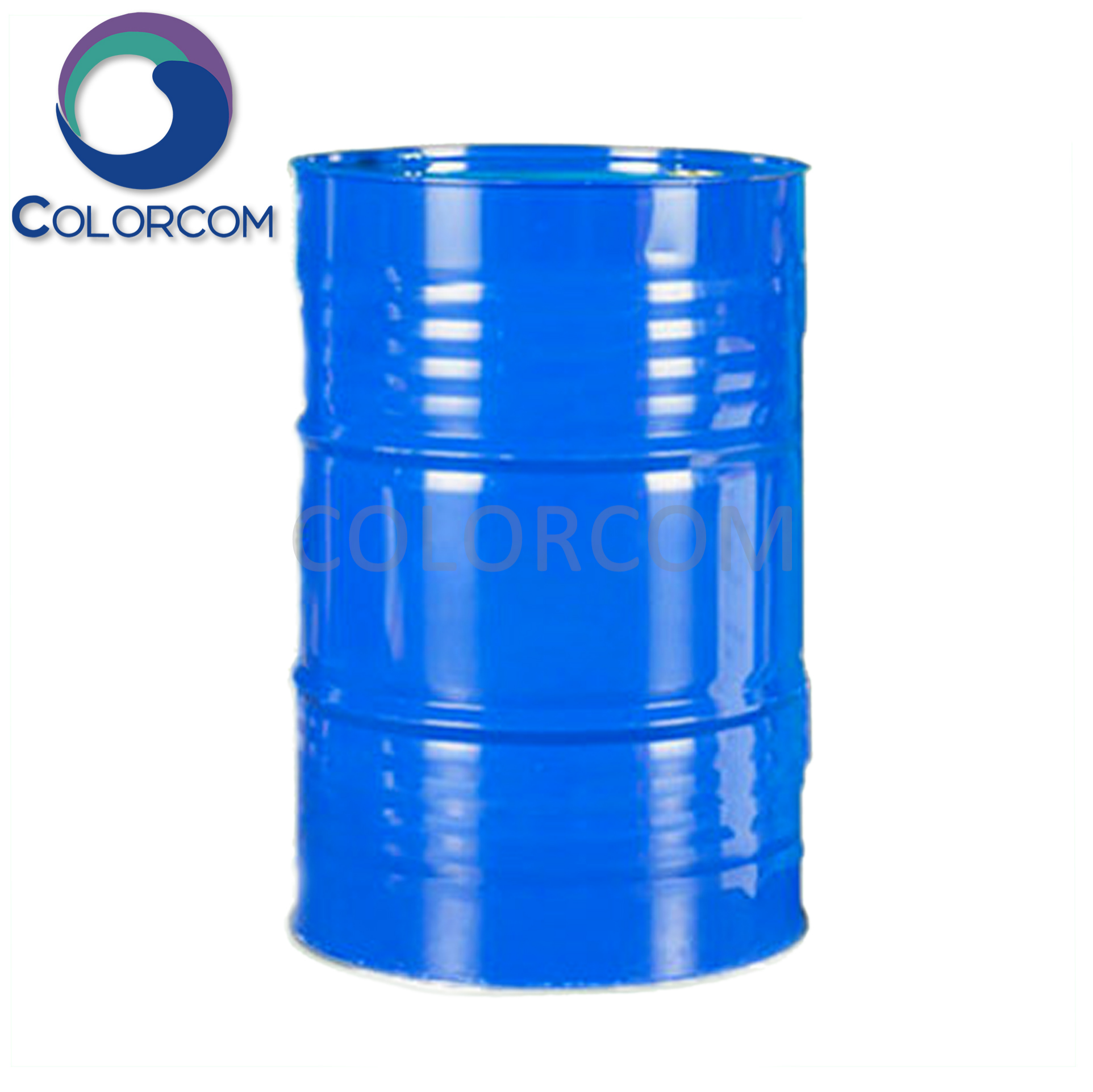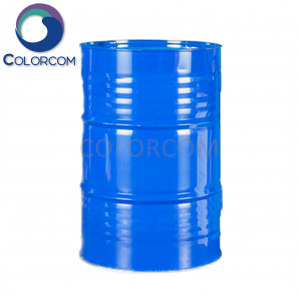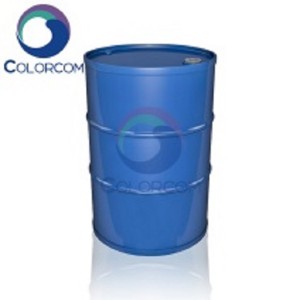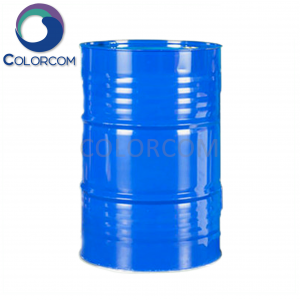1-Butanol | 71-63-3
Product Physical Data:
| Product Name |
1-Butanol |
| Properties |
Colorless transparent liquid with special odor |
| Melting Point(°C) |
-89.8 |
| Boiling Point(°C) |
117.7 |
| Relative density (Water=1) |
0.81 |
| Relative vapour density (air=1) |
2.55 |
| Saturated vapour pressure (kPa) |
0.73 |
| Heat of combustion (kJ/mol) |
-2673.2 |
| Critical temperature (°C) |
289.85 |
| Critical pressure (MPa) |
4.414 |
| Octanol/water partition coefficient |
0.88 |
| Flash point (°C) |
29 |
| Ignition temperature (°C) |
355-365 |
| Upper explosion limit (%) |
11.3 |
| Lower explosion limit (%) |
1.4 |
| Solubility | slightly soluble in water, soluble in ethanol, ether and other most organic solvents. |
Product Properties and Stability:
1.Forms azeotropic mixtures with water, miscible with ethanol, ether and many other organic solvents. Soluble in alkaloids, camphor, dyes, rubber, ethyl cellulose, resin acid salts (calcium and magnesium salts), oils and fats, waxes and many kinds of natural and synthetic resins.
2.Chemical properties and ethanol and propanol, the same as the chemical reactivity of primary alcohols.
3.Butanol belongs to the low toxicity category. The anaesthetic effect is stronger than that of propanol, and repeated contact with the skin can lead to haemorrhage and necrosis. Its toxicity to humans is about three times greater than that of ethanol. Its vapour irritates eyes, nose and throat. Concentration 75.75mg/m3 Even if people have unpleasant feeling, but due to high boiling point, low volatility, except for high temperature use, the danger is not great. Rat oral LD50 is 4.36g/kg. olfactory threshold concentration 33.33mg/m3. TJ 36&mash;79 stipulates that the maximum permissible concentration in the air of the workshop is 200 mg/m3.
4.Stability: Stable
5.Prohibited substances: Strong acids, acyl chlorides, acid anhydrides, strong oxidising agents.
6.Hazard of polymerisation: Non-polymerisation
Product Application:
1.Mainly used in the manufacture of phthalic acid, aliphatic dibasic acid and phosphoric acid n-butyl ester plasticisers. It can also be used as a solvent for organic dyes and printing inks, and as a dewaxing agent. Used as a solvent to separate potassium perchlorate and sodium perchlorate, also can separate sodium chloride and lithium chloride. Used to wash sodium zinc uranyl acetate precipitates. Saponification A medium for esters. Preparation of paraffin-embedded substances for microanalysis. Used as a solvent for fats, waxes, resins, gums, gums, etc. Nitro spray paint co-solvent, etc.
2.Chromatographic analysis of standard substances. Used for the colourimetric determination of arsenic acid, separation of potassium, sodium, lithium, chlorate solvent.
3.Used as analytical reagents, such as solvents, as chromatographic analysis of standard substances. Also used in organic synthesis.
4.Important solvent, in the production of urea-formaldehyde resins, cellulose resins, alkyd resins and coatings used in large quantities, but also as an adhesive commonly used in the inactive diluent. It is also an important chemical raw material used in the production of plasticiser dibutyl phthalate, aliphatic dibasic acid ester, phosphate ester. It is also used as dehydrating agent, anti-emulsifier and extractant of oil, spices, antibiotics, hormones, vitamins, etc., additive of alkyd resin paint, and co-solvent of nitro spray paint.
5.Cosmetic solvent. Mainly in nail polish and other cosmetics as a co-solvent, with ethyl acetate and other main solvents, to help dissolve the colour and adjust the solvent evaporation rate and viscosity. The amount added is generally about 10%.
6.It can be used as defoamer for ink blending in screen printing.
7.Used in baking food, pudding, candy.
8.Used in the production of esters, plastic plasticiser, medicine, spray paint, and as a solvent.
Product Storage Methods:
Packed in iron drums, 160kg or 200kg per drum, it should be stored in dry and ventilated warehouses, with the temperature below 35°C, and the warehouses should be fireproof and anti-explosive. Fireproof and explosion-proof in the warehouse. When loading, unloading and transporting, prevent from violent impact, and prevent from sunshine and rain. Store and transport according to the regulations of flammable chemicals.
Product Storage Notes:
1.Store in a cool, ventilated warehouse.
2.Keep away from fire and heat source.
3.The storage temperature should not exceed 37°C.
4.Keep the container sealed.
5.It should be stored separately from oxidising agents, acids,etc., and should never be mixed.
6.Use explosion-proof lighting and ventilation facilities.
7.Prohibit the use of mechanical equipment and tools that are easy to generate sparks.
8.The storage area should be equipped with leakage emergency treatment equipment and suitable shelter materials.









